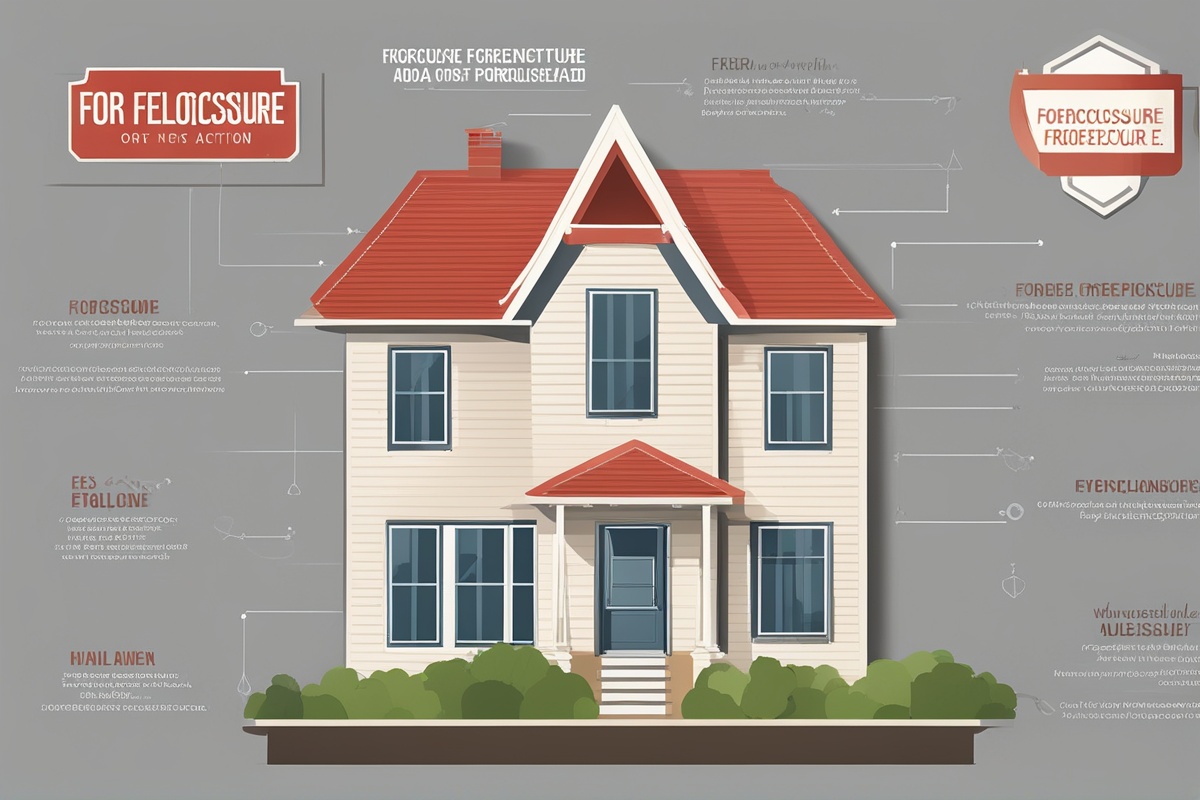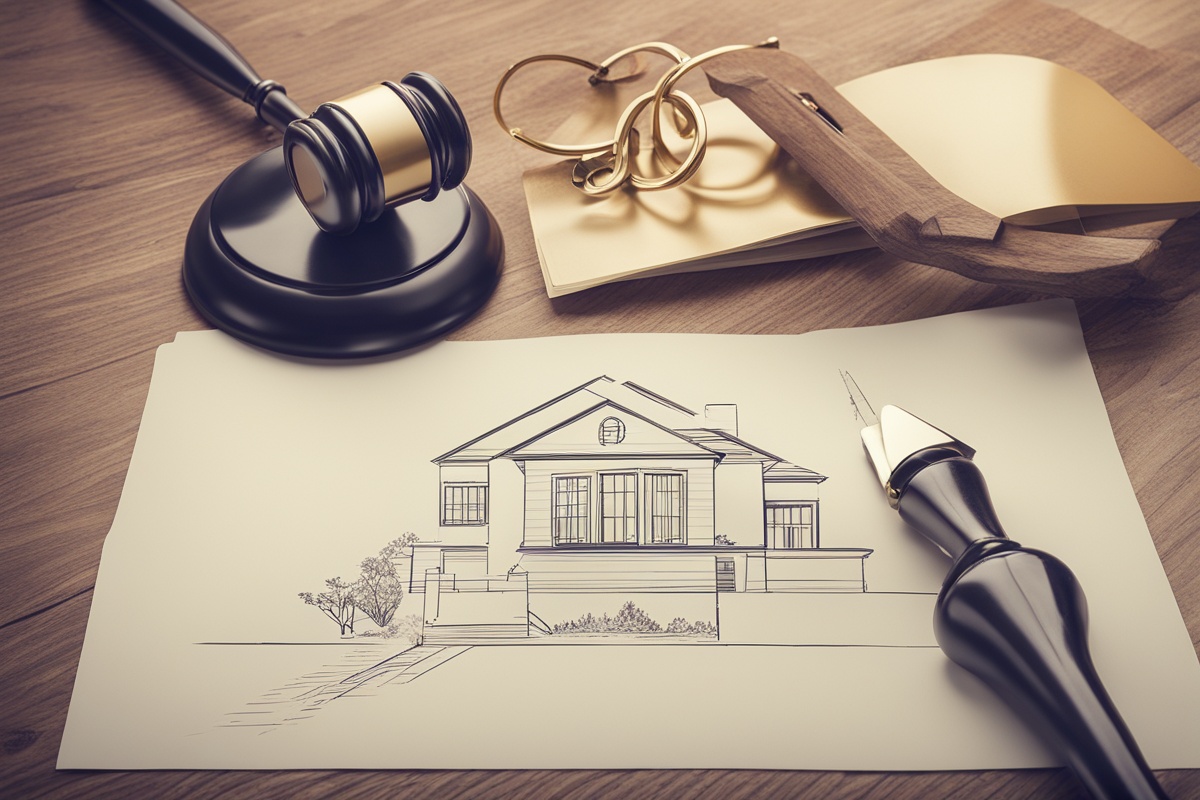Navigating the world of homeownership can be challenging, especially when financial difficulties arise. One of the most daunting aspects for many homeowners is the risk of losing their property through repossession. Understanding the home repossession process is crucial for anyone facing financial hardship or simply wanting to be informed about their rights and options. This comprehensive guide breaks down the key stages of home repossession, offers insights into how to potentially avoid it, and provides resources for further assistance.
What Is Home Repossession?
Home repossession is a legal process where a lender, such as a bank or mortgage provider, takes back a property from a borrower who has failed to meet the terms of their loan agreement, typically due to missed mortgage payments. This process is often a last resort for lenders, as it involves significant legal and administrative costs. However, it can have devastating consequences for homeowners, including the loss of their home and damage to their credit score. Understanding the home repossession process begins with recognizing why and how it happens, which often stems from financial struggles like job loss, medical emergencies, or unexpected expenses.
For more information on the basics of mortgage agreements and defaults, check out our detailed guide on Mortgage Default Explained.
Key Stages of the Home Repossession Process
The home repossession process typically follows a structured timeline, though the specifics can vary by state or country due to differing laws. Below are the general stages most homeowners will encounter:
- Missed Payments and Initial Notices: The process often begins when a homeowner misses one or more mortgage payments. Lenders usually send a notice of default, warning the borrower of the missed payments and providing a grace period to catch up.
- Pre-Foreclosure Period: If payments remain unpaid, the lender may initiate pre-foreclosure, giving the homeowner a final opportunity to resolve the debt, often through a repayment plan or loan modification.
- Foreclosure Filing: If no resolution is reached, the lender files a foreclosure action in court (judicial foreclosure) or proceeds with a non-judicial process, depending on local laws.
- Auction or Sale: The property is eventually sold at a public auction if the homeowner cannot reclaim it by paying the owed amount, including fees and interest.
- Eviction: If the property is sold, the original homeowner may be required to vacate the premises, often under a court-ordered eviction.
Understanding the home repossession process at each stage can help homeowners take action early to potentially avoid losing their property. To learn more about foreclosure timelines, see our post on Foreclosure Timeline Breakdown.
Legal Rights and Protections for Homeowners
Homeowners facing repossession are not without rights. Various federal and state laws provide protections to ensure the process is fair and transparent. For instance, the Fair Debt Collection Practices Act (FDCPA) in the United States prohibits abusive or harassing behavior from debt collectors. Additionally, programs like the Home Affordable Modification Program (HAMP) may offer options for loan modifications to make payments more manageable.
Many states also have mandatory mediation or counseling programs to help homeowners negotiate with lenders before foreclosure proceedings begin. Understanding the home repossession process includes knowing these rights and seeking legal advice if necessary. For a deeper dive into homeowner protections, explore our article on Homeowner Rights During Foreclosure.
Options to Avoid Home Repossession
While the prospect of repossession is intimidating, there are several strategies homeowners can employ to avoid it. Taking proactive steps can make a significant difference in the outcome. Here are some common options:
- Loan Modification: Negotiating with the lender to adjust the terms of the mortgage, such as lowering the interest rate or extending the repayment period.
- Forbearance Agreement: Temporarily reducing or pausing payments with the lender’s approval, often during a short-term financial crisis.
- Short Sale: Selling the property for less than the outstanding mortgage balance with the lender’s permission, avoiding a full foreclosure.
- Deed in Lieu of Foreclosure: Voluntarily transferring ownership of the property to the lender to satisfy the debt and avoid foreclosure proceedings.
Understanding the home repossession process empowers homeowners to explore these alternatives before it’s too late. Early communication with the lender is key, as many are willing to work with borrowers to find a solution. For additional strategies, read our guide on Tips for Avoiding Foreclosure.
Impact of Repossession on Credit and Future Homeownership
The consequences of home repossession extend beyond losing a property. A foreclosure can severely impact a homeowner’s credit score, often dropping it by 100–300 points, depending on the individual’s prior credit history. This negative mark remains on a credit report for seven years, making it challenging to secure loans, mortgages, or even rental agreements during that time.
However, recovery is possible. Homeowners can work on rebuilding their credit by paying bills on time, reducing debt, and seeking credit counseling. Understanding the home repossession process also means recognizing its long-term effects and planning for financial recovery. To learn more about credit repair after foreclosure, visit our resource on Credit Repair After Foreclosure.
Seeking Professional Help During Repossession
Facing home repossession can be overwhelming, but professional assistance can provide clarity and support. Housing counselors approved by the U.S. Department of Housing and Urban Development (HUD) offer free or low-cost advice on foreclosure prevention. Additionally, legal aid organizations can help homeowners understand their rights and represent them in court if needed.
Financial advisors or bankruptcy attorneys may also assist in exploring options like Chapter 13 bankruptcy, which can temporarily halt foreclosure proceedings while a repayment plan is developed. Understanding the home repossession process involves knowing when and how to seek help, as early intervention can make a significant difference in the outcome.
Disclaimer: The information provided in this article is for general informational purposes only and should not be considered legal or financial advice. Every individual’s situation is unique, and the laws governing home repossession vary by location. We strongly recommend consulting with a qualified attorney, financial advisor, or housing counselor to discuss your specific circumstances and options. The authors and publishers of this content are not responsible for any actions taken based on the information provided herein.
References
- U.S. Department of Housing and Urban Development (HUD) – Avoiding Foreclosure
- Consumer Financial Protection Bureau (CFPB) – What Is Foreclosure?
- Federal Trade Commission (FTC) – Fair Debt Collection Practices Act
- Nolo – Foreclosure Rights for Homeowners
- Experian – How Long Does Foreclosure Stay on Your Credit Report?
This content is for informational purposes only and not a substitute for professional advice.





